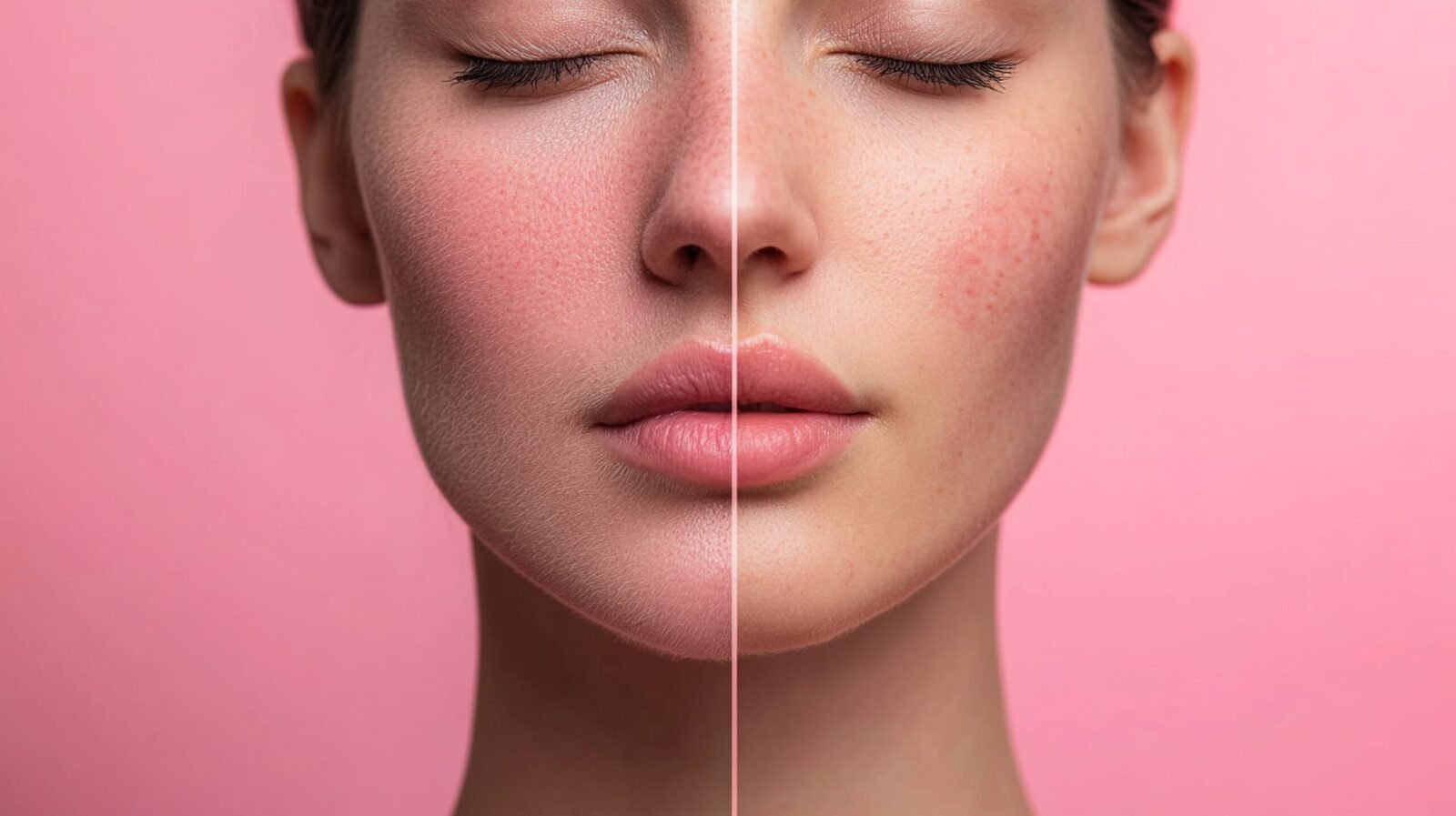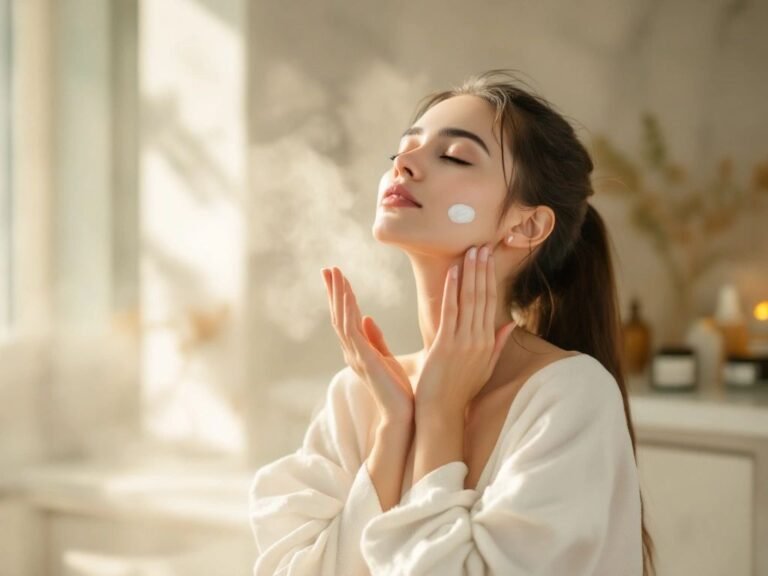Cosmetic science continues to evolve toward gentler, smarter, and more sustainable solutions. Hydrogels now stand at the center of this transformation. These three-dimensional polymer networks capture water like a sponge while offering an elegant, refreshing texture. Consequently, they are becoming essential in clean-label skincare and advanced wound-care-inspired cosmetics. Hydrogel delivery systems combine moisture retention with controlled release, creating products that soothe, protect, and enhance the skin barrier without heaviness or occlusion.
What Makes a Hydrogel a “Delivery System”?
A hydrogel is more than a texture—it is a functional polymer matrix that holds and gradually releases water-soluble ingredients. The network is typically composed of hydrophilic polymers such as hyaluronic acid, xanthan gum, carrageenan, alginate, or polyglutamic acid. Because these polymers can form hydrogen bonds and ionic crosslinks, they retain enormous volumes of water while maintaining shape and elasticity. Therefore, hydrogels create a micro-environment that supports skin hydration and active stabilization.
In addition, by adjusting polymer concentration, crosslink density, and molecular weight, chemists can control how fast actives are released. As a result, hydrogels function as mini-reservoirs—delivering soothing agents, botanical extracts, or humectants over time.
From Medical Hydrogels to Cosmetic Innovation
Hydrogels have long been used in biomedical applications, from wound dressings to tissue engineering. However, cosmetic chemists are now adapting this expertise to consumer skincare. According to a recent PMC review, biopolymer hydrogels mimic the extracellular matrix, providing both adhesion and moisture regulation. Consequently, these structures not only hydrate the skin but also improve its natural resilience and elasticity.
Moreover, hydrogels excel in transparency and sensorial appeal. They feel cool, clean, and non-sticky—characteristics that align perfectly with the demand for “water-fresh” and “minimalist” skincare.
Clean-Label and Biopolymer Advantages
Unlike synthetic gels thickened by carbomers or acrylates, biopolymer hydrogels are fully biodegradable and derived from renewable sources. Therefore, they align with global microplastic restrictions, including the EU 2023/2055 Regulation. Furthermore, clean hydrogels are free of PEGs and residual monomers, reducing irritation risk and improving claim flexibility for “natural origin” certifications.
IPSTIC® Patch Intimate-2: Biopolymer Hydrogel Technology for Targeted Moisture Delivery
Among the latest innovations, IPSTIC® Patch Intimate-2 demonstrates how hydrogel technology can redefine cosmetic comfort and efficacy. Developed by experts in dermal film matrices, this ingredient creates a soft, elastic biopolymer hydrogel patch that adheres gently to the skin while continuously releasing moisturizing and soothing compounds.
Specifically, IPSTIC® Patch Intimate-2 forms a flexible network that respects the delicate skin barrier. Because of this, it is ideal for leave-on care in sensitive or intimate areas, where traditional emulsions may be too heavy or occlusive. Additionally, its clean composition allows formulators to achieve clinically inspired moisture control using only naturally derived polymers.
Technical Highlights
- Forms a transparent, flexible hydrogel patch on contact
- Gradually releases actives and humectants for lasting hydration
- Provides cooling, soothing, and protective properties
- Free of acrylates, silicones, PEGs, and synthetic microplastics
- Improves adhesion and moisture retention even in delicate areas
Therefore, IPSTIC® Patch Intimate-2 illustrates the next step in cosmetic hydrogel design: merging performance, biocompatibility, and regulatory readiness in one system.
How Hydrogel Networks Support Skin Barrier Repair
When applied to the skin, hydrogels form a semi-occlusive layer that prevents transepidermal water loss (TEWL) while allowing gas exchange. As a result, they create an optimal micro-environment for recovery and comfort. Moreover, hydrogels act as delivery depots for actives like ceramides, amino acids, and niacinamide—ingredients known for their barrier-strengthening benefits. For example, combining hydrogels with Ceramide NP, AP, and EOP can amplify repair and hydration simultaneously.
In practice, hydrogel matrices evenly distribute these actives across the application area, ensuring uniform exposure. Consequently, users perceive immediate freshness and long-lasting comfort, while the skin gradually restores lipid balance beneath.
Formulating with Hydrogels
Firstly, selecting the right polymer combination is essential. Hyaluronic acid ensures high water retention, while xanthan gum or alginate provide structural elasticity. Next, balancing ionic strength and pH maintains gel stability. Finally, adding osmolytes such as ectoine or betaine enhances skin tolerance and cellular hydration.
Furthermore, incorporating biopolymer hydrogels into emulsions or sheet masks opens new sensorial experiences. For instance, layering a hydrogel network beneath a cream base improves wear stability and minimizes greasy after-feel. In addition, film-forming hybrids like IPSTIC® Patch Skin-1 can be combined to create dual-matrix systems—enhancing water resistance and sustained release simultaneously.
Regulatory and Sustainability Context
Because hydrogels are typically water-based and biodegradable, they align naturally with MoCRA transparency and microplastics compliance requirements. Additionally, these polymer systems eliminate the need for persistent synthetic particles or solvent-based film-formers. Consequently, brands gain regulatory confidence and eco-conscious marketing leverage at once.
Applications and Market Opportunities
- Moisturizing serums and essence gels with long-lasting hydration
- Post-treatment soothing gels for sensitive or irritated skin
- Leave-on barrier-repair patches for localized dryness
- Intimate care products requiring gentle adhesion and cooling
- Hybrid hydrogel-film systems for sustainable sheet masks
Ultimately, hydrogels bridge comfort, compliance, and creativity. They empower chemists to design products that look clean, feel weightless, and perform exceptionally well. Therefore, hydrogel technology will continue expanding into every cosmetic segment—from daily moisturizers to high-performance dermocosmetics.
Key Takeaways for Formulators
- Hydrogels act as functional polymer matrices, not just textures.
- Biopolymer hydrogels deliver hydration, comfort, and active release.
- IPSTIC® Patch Intimate-2 exemplifies gentle, high-performance hydrogel design.
- Combining hydrogels with ceramides or film-formers enhances barrier repair.
- Clean-label hydrogels ensure compliance with microplastic and MoCRA regulations.
Conclusion
In conclusion, hydrogel delivery systems are reshaping how cosmetic chemists think about moisture and performance. Because they combine science and sensoriality, hydrogels achieve what consumers crave—instant comfort, sustained hydration, and visible repair. Moreover, biopolymer technologies like IPSTIC® Patch Intimate-2 demonstrate that sustainability and sophistication can coexist within a single, transparent formula. Ultimately, hydrogels represent the purest form of innovation beyond chemistry.
References:







